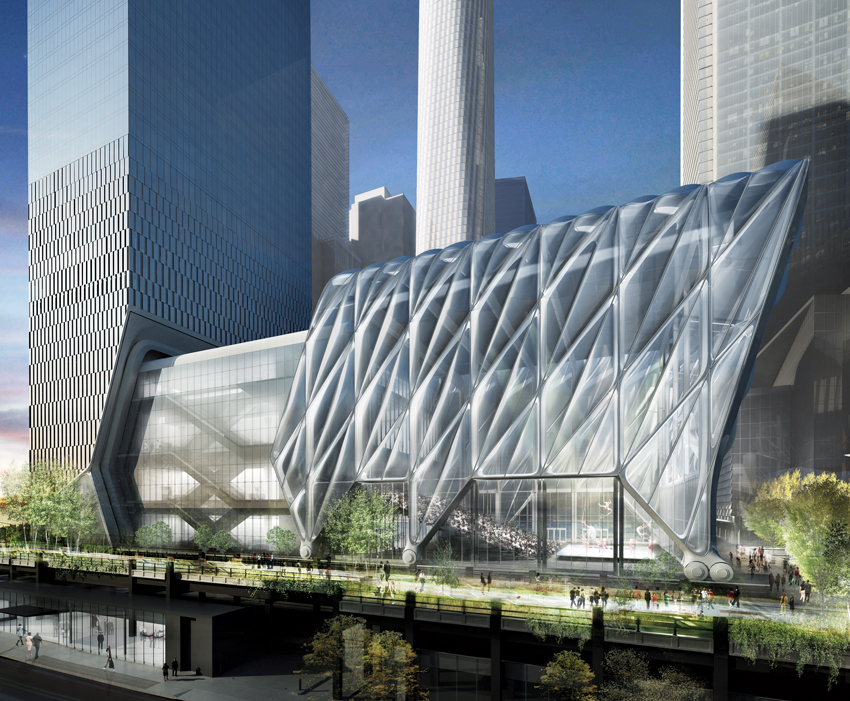Kinetic Buildings
Learning Objectives:
- Discuss the design, construction, and operational challenges presented by buildings with large-scale kinetic elements.
- Describe three such current projects and explain the mechanisms that allow their kinetic elements to move.
- Explain the structural solutions presented by these projects.
- Explain the indoor environmental-control solutions presented by these projects.
Credits:
Buildings are generally designed to be permanent, immutable structures. But this is not always the case. In the early 1960s, the British architect Cedric Price proposed a “Fun Palace” to be built on the banks of the Thames in London. It was to be ever-changing, with moving and reconfigurable walls and floors. Price’s vision was never realized, but structures with large-scale transformable elements, being built for sports teams and as cultural venues, are the heirs to his ideas.
Continues at architecturalrecord.com »

Image courtesy of Diller Scofidio + Renfro in collaboration with Rockwell Group
The Shed, a multidisciplinary arts venue under construction in Manhattan, includes an ETFE-clad diagrid shell that can be moved to cover a plaza.






